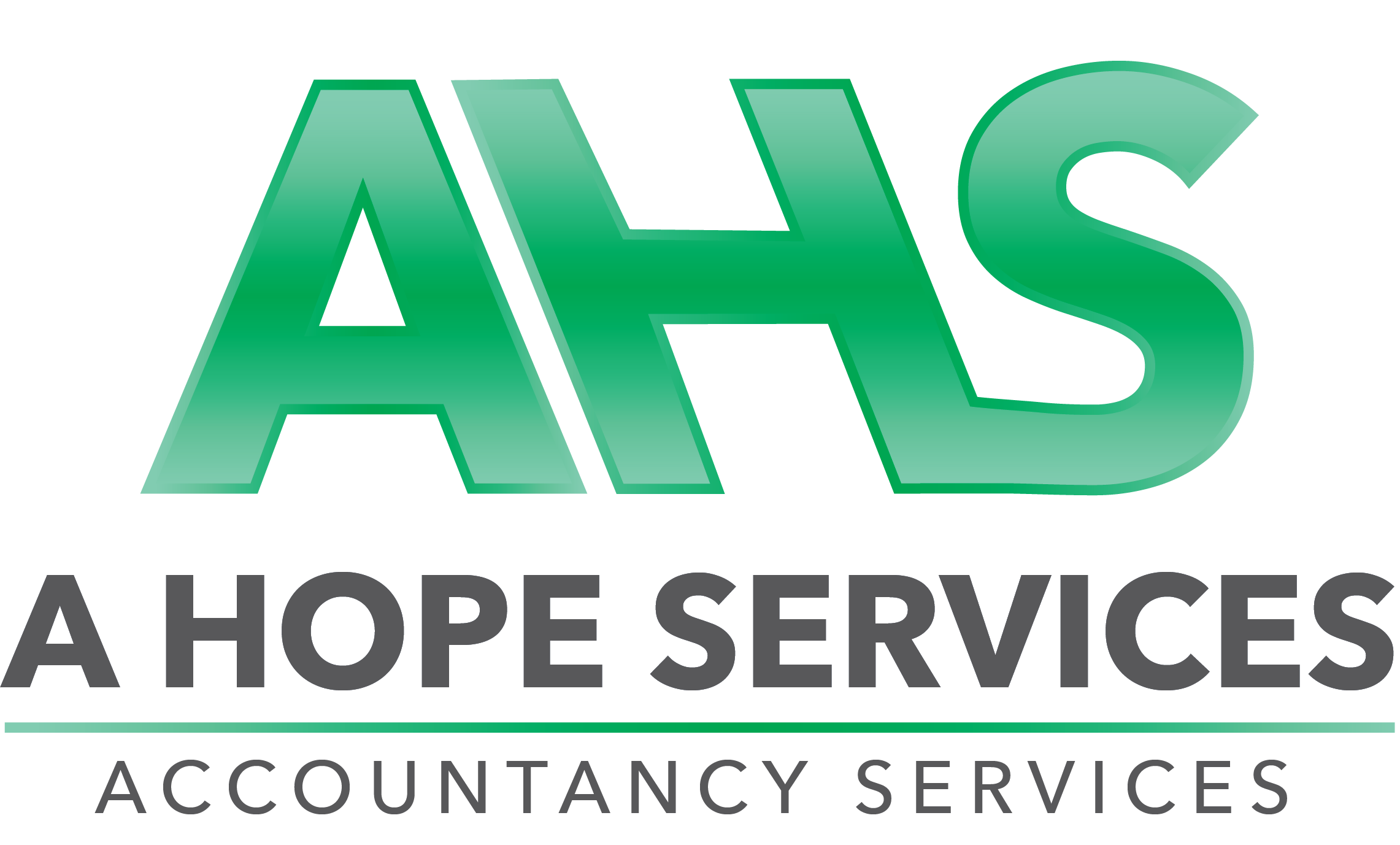VAT Returns
VAT return outlines the value of suppliers and purchases a taxable person has made during the tax period. A VAT Return is a form you fill in to tell HM Revenue and Customs (HMRC) how much VAT you have charged and how much you have paid to other businesses. This is known as your ‘accounting period’
What is a VAT Return?
A VAT Return calculates how much VAT a company should pay to or be reimbursed by HM Revenue and Customs (HMRC)
A VAT Return calculates how much VAT you owe HMRC (or how much they owe you) by looking at:
- Your total sales and purchases across the period
- The amount of VAT you owe for sales
- The amount of VAT you can reclaim for purchases made by your business
All VAT-registered businesses must submit VAT Returns – even if there’s no VAT to pay or reclaim. Businesses that aren’t VAT registered don’t need to submit VAT Returns.
How to submit a VAT Return?
HMRC’s Making Tax Digital for VAT Scheme came into effect on April 1st, 2019. It required VAT Returns to be submitted via authorised, HMRC-approved Making Tax Digital software.
Since April 2022, all businesses registered for VAT must now comply with MTD.
The VAT Return due date is one calendar month and 7 days after the end of your accounting period
VAT Return deadline
There are 12 months in your VAT accounting period. Your VAT Return is due
Since April 2022, all businesses registered for VAT must now comply with MTD.
The VAT Return due date is one calendar month and 7 days after the end of your accounting period
As most businesses now need to keep digital VAT records, they use software to submit VAT Returns.
Is a VAT return the same as a tax return?
VAT is charged and recovered on transactions, both income and expenditure. This is different from your annual tax return which is based upon the declared profits of your business over your accounting year.



